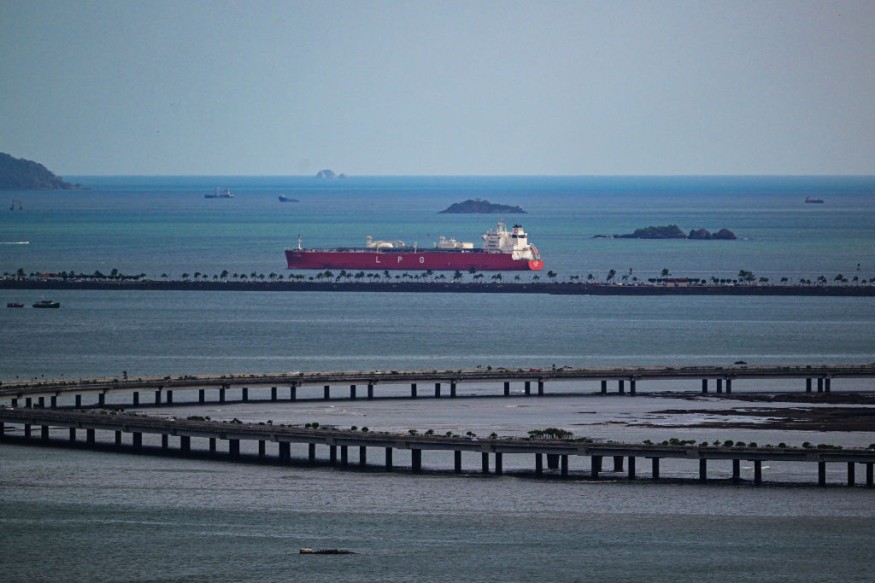
A recent study reveals that lesser rainfall last year, which decreased the water levels in the Panama Canal and contributed to shipping restrictions that hampered global trade, was caused by the El Nino climate phenomenon rather than climate change.
El Nino Decrease Rainfall
With below-average rainfall throughout seven of the eight months of its May to December rainy season, Panama had one of its driest years ever last year.
An international scientific team discovered that the probability of low precipitation in Panama during the rainy season of the previous year was doubled due to El Nino, a natural warming of the central Pacific that affects weather patterns globally.
The reservoir that supplies freshwater to the Panama Canal and provides drinking water to over half of Central America saw a decrease in water levels as a result of the dry spell.
After comparing the rainfall amounts to climate models for a simulated world without present warming, the World Weather Attribution Group came to the conclusion that human-caused climate change was not the main reason for the unusually dry monsoon season in the Central American nation.
The scientists compared meteorological data with computer simulations that were accurate enough to simulate precipitation in the area in order to determine whether climate change played a part. These models predict how likely it would be that there would be no rainfall in a world devoid of warming caused by fossil fuels, as opposed to the current 1.2 degrees Celsius (2.2 degrees Fahrenheit) warming since preindustrial times.
Climate models did not indicate a pattern resembling the dry spell that hit Panama in the previous year. As a result of climate change brought on by carbon dioxide and methane emissions from the burning of coal, oil, and natural gas, numerous models actually indicate a tendency toward more precipitation in the area.
According to the data, El Nino decreased 2023 rainfall by almost 8%, and it is doubtful that Panama would have had such a dry rainy season if the weather phenomena hadn't been involved. The researchers claimed that the region's growing water demand made the deficit worse.
The team examined over 140 years of rainfall data gathered from 65 meteorological stations - a "statistician's dream," according to study author and Imperial College of London researcher Clair Barnes.
"So we're very confident that El Nino is driving the low precipitation," said climate scientist Friederike Otto.
Read Also : El Nino Alert: Bureau of Meteorology Warns of Drier Conditions for Australia in Coming Months
Canal Resume Regular Operations
According to the National Oceanic and Atmospheric Administration (NOAA), El Niño is weakening. This summer is likely to see the appearance of La Niña, the opposite phase of the cycle.
Scientists said once El Nino ends and the rainy season arrives as scheduled this year, the canal should be able to resume regular operations.
"We expect the canal system will be fully recharged by the end of the year, and shipping should be back to normal sometime several months before then," said Steven Paton, a study co-author and researcher at the Smithsonian Tropical Research Institute in Panama.
Since shippers started looking for alternate routes as a result of Houthi rebel strikes against vessels traveling via the Red Sea toward the world's busiest waterway, the Suez Canal, Panama has seen peaks in demand for the canal in recent months.
Related Article : El Nino Could Worsen Panama Canal's Water Supply That Could Affect Global Trade Route
© 2025 NatureWorldNews.com All rights reserved. Do not reproduce without permission.





